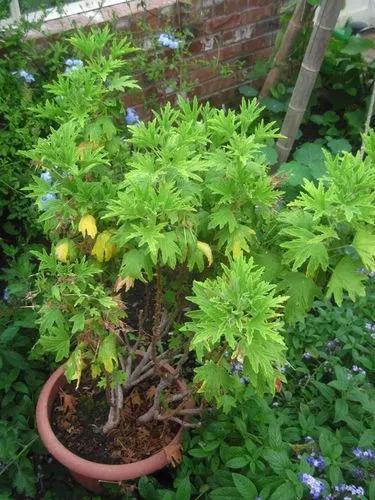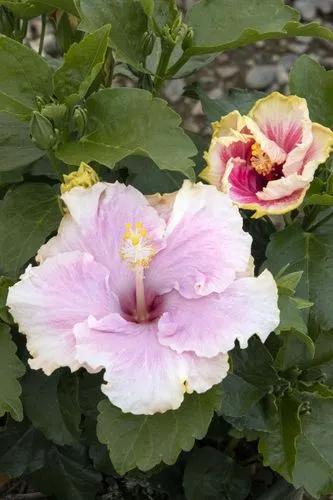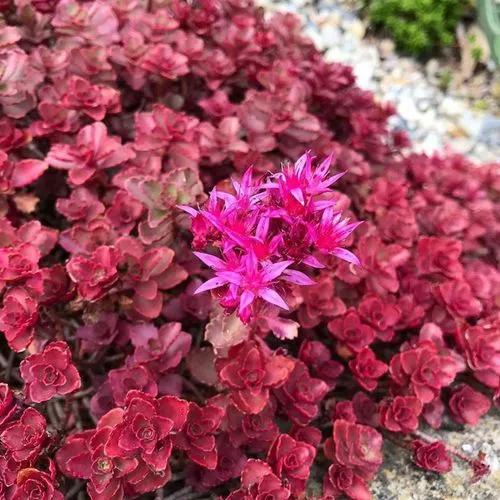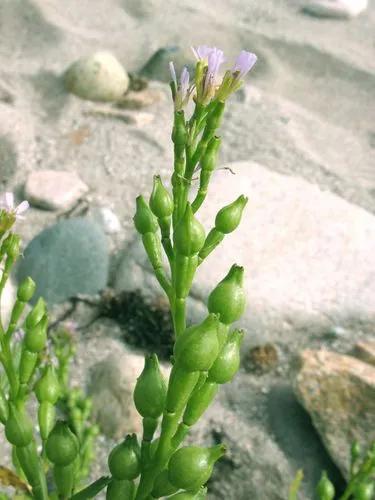Vriesea hieroglyphica is a plant species in the genus Vriesea. The name refers to the linear horizontal patterns on the leaves that resemble hieroglyphs. It has been nicknamed "King of the bromeliads." This bromeliad species is endemic to southeastern Brazil. It grows at low altitudes in humid conditions under the shade of trees in the Atlantic Forest biome. Vriesea hieroglyphica develops green leaves with irregular dark cross banding and recurved tips. The plant develops 30-40 shiny, bright green leaves measuring 3 feet (0.91 m) long and 3 inches wide. It typically blooms in spring, and can bloom repeatedly in cultivation, with branching yellow, cream, or white flowers on a tall branched spike. The tall, light green flower spike "bears a branched inflorescence with 1-inch-long, pale green bracts and dull yellow-petaled flowers."
Bromeliad Vriesea Care
Bromeliad Vriesea



How to Care for the Plant

Water

Vriesea flaming sword info says watering for this plant should be minimal. Soil should be no more than lightly moist and never allowed to completely dry out. The top half of the plant can be allowed to dry out between waterings. This bromeliad does, however, like high humidity

Pruning

To remove a spent bloom, use a sharp, sterilized blade and cut the bloom stalk. Make a clean cut as close to the remaining plant as possible without harming it. Once you've removed the bloom, you can toss it in the trash or compost. Don't neglect your bromeliad just because it finished blooming.

Fertilizer

Vrieseas can be fertilized using a slightly acidic fertilizer diluted to a quarter of the recommended strength or less. During the growing season, April through October, thoroughly coat the all surfaces of the foliage with the diluted solution at least twice a month.

Sunlight

Vrieseas are very adaptable to a wide range of light. They will thrive in shaded areas as well as areas with bright indirect sunlight. Vrieseas are more tolerant of dense shade than other common bromeliads. The more sunlight a Vriesea receives, the more humidity it will need to avoid scorching the leaves.

Soil

The flaming sword houseplant grows best in a one to one mix of regular potting soil and orchid mix. Special soil for bromeliads is sometimes available at the local garden center. Vriesea flaming sword info indicates a special display for the plant can eliminate the need for growing in soil.

Temperature

Care of Vriesea plants includes keeping them in temperatures above 60 degrees F. (16 C.), but no warmer than 80 degrees F. (27 C.). As with other bromeliads, the flaming sword houseplant has a cup or tank in the middle of the plant.

Container

Small pot with drainage holes; flaming sword plants don't typically need repotting.

Additional

Bromeliads including the flaming sword plant and other vrieseas are considered non-toxic to both dogs and cats. The flaming sword plant (botanical name : vriesea splendens) is one of the most popular vriesea bromeliads grown indoors. This species features a red sword like flower head which can grow up to 2ft tall and attractive mottled leaves.

Popularity

668 people already have this plant 80 people have added this plant to their wishlists
Discover more plants with the list below
Popular articles






